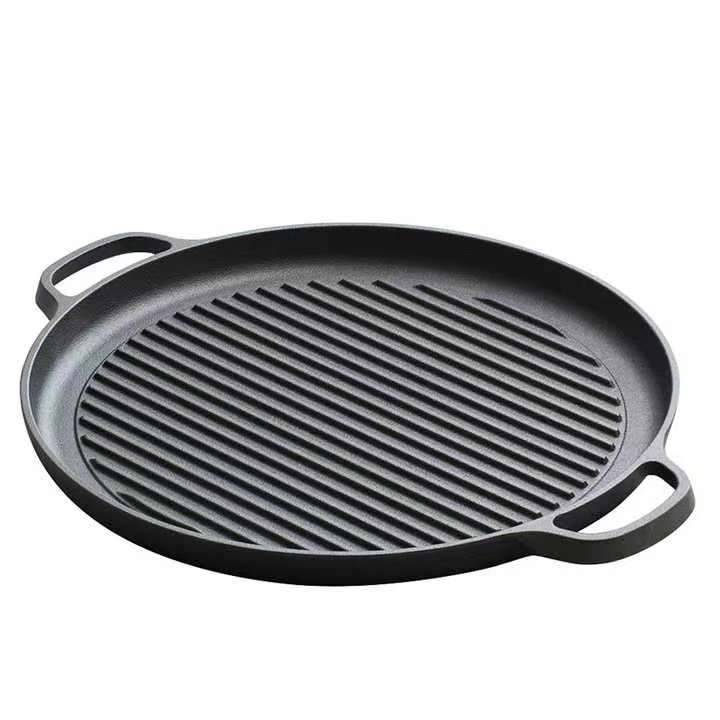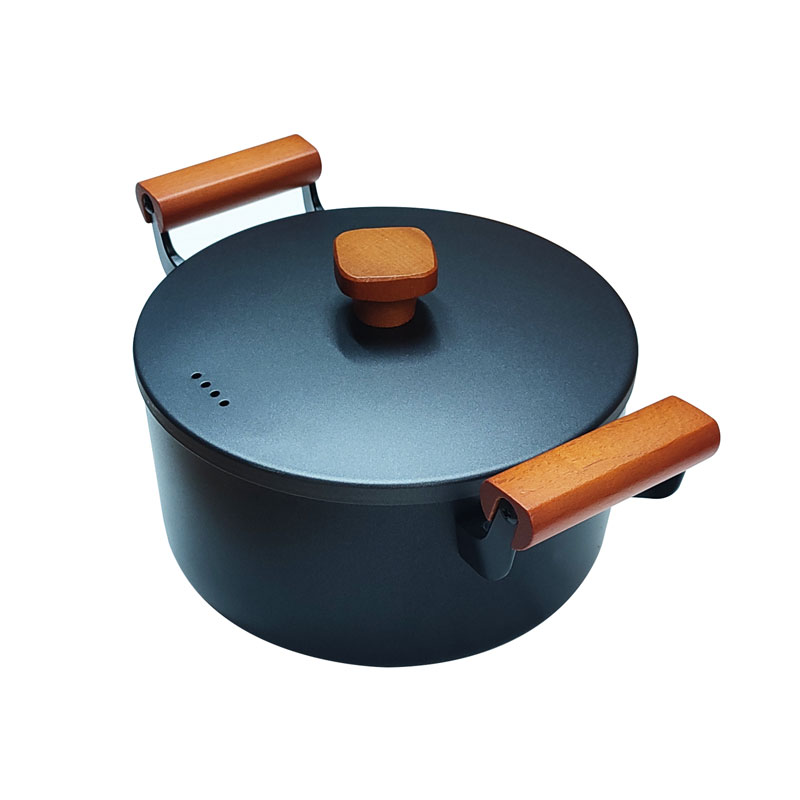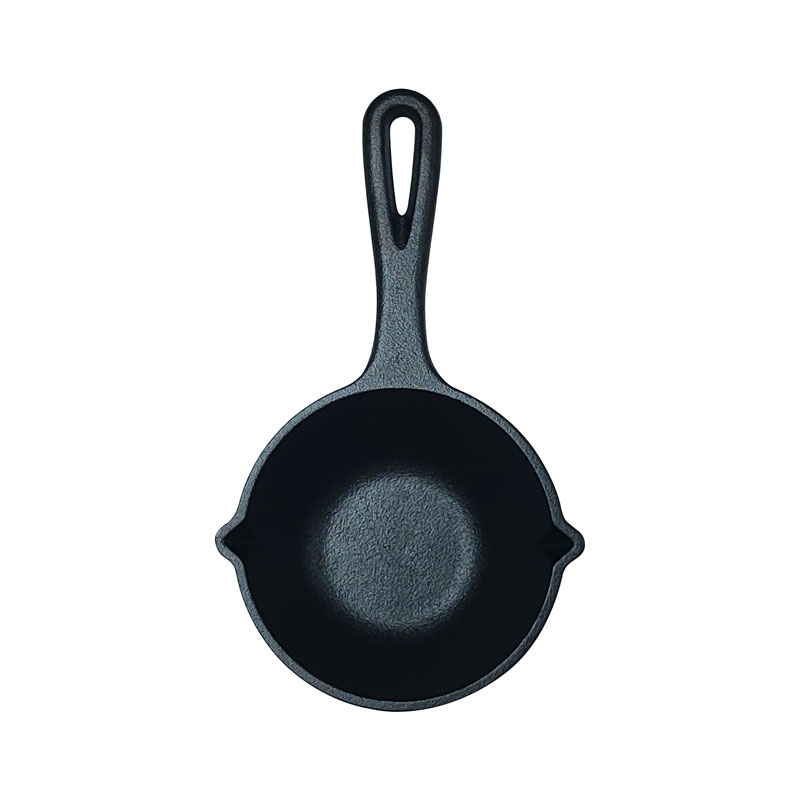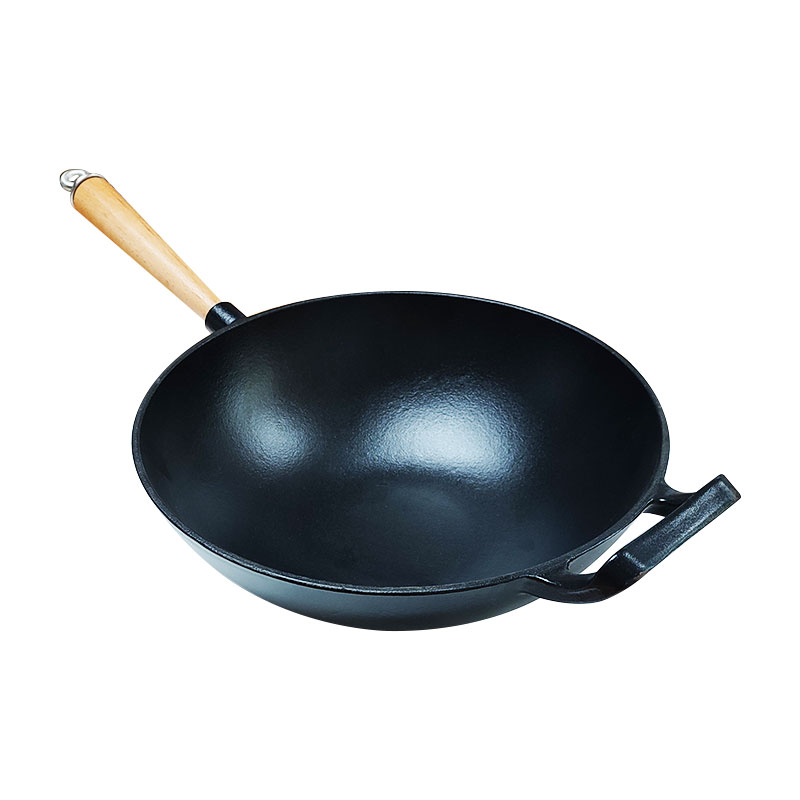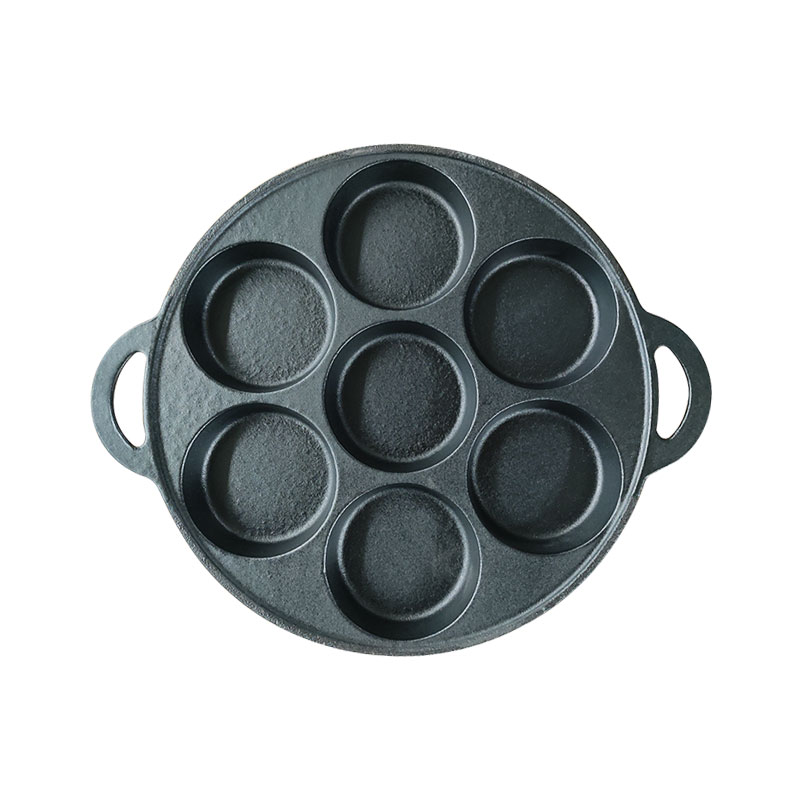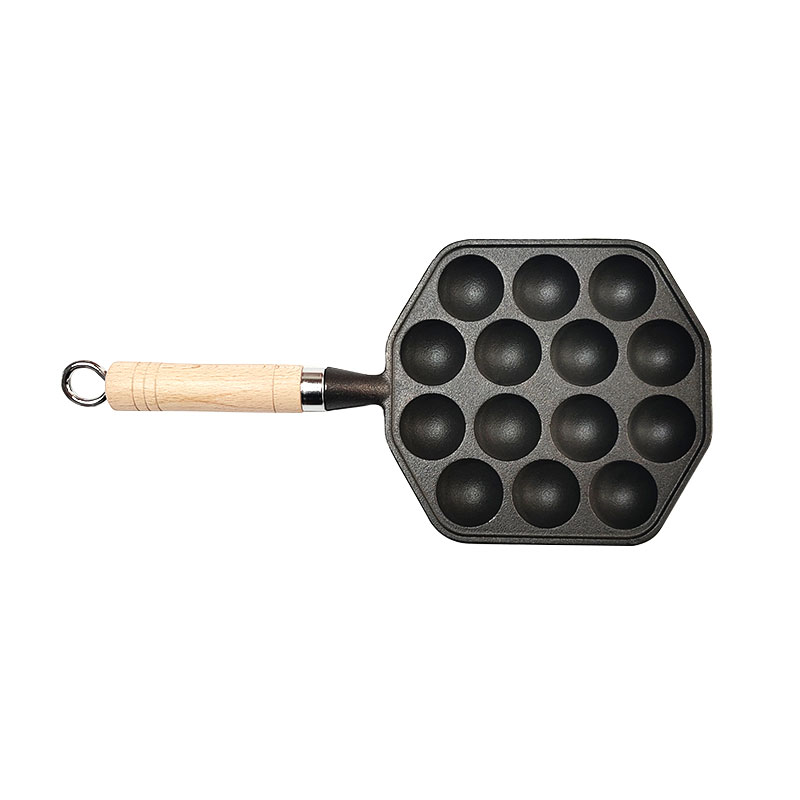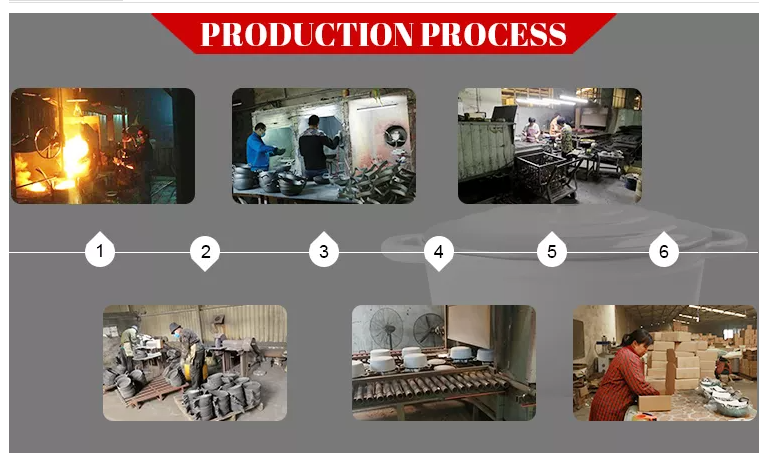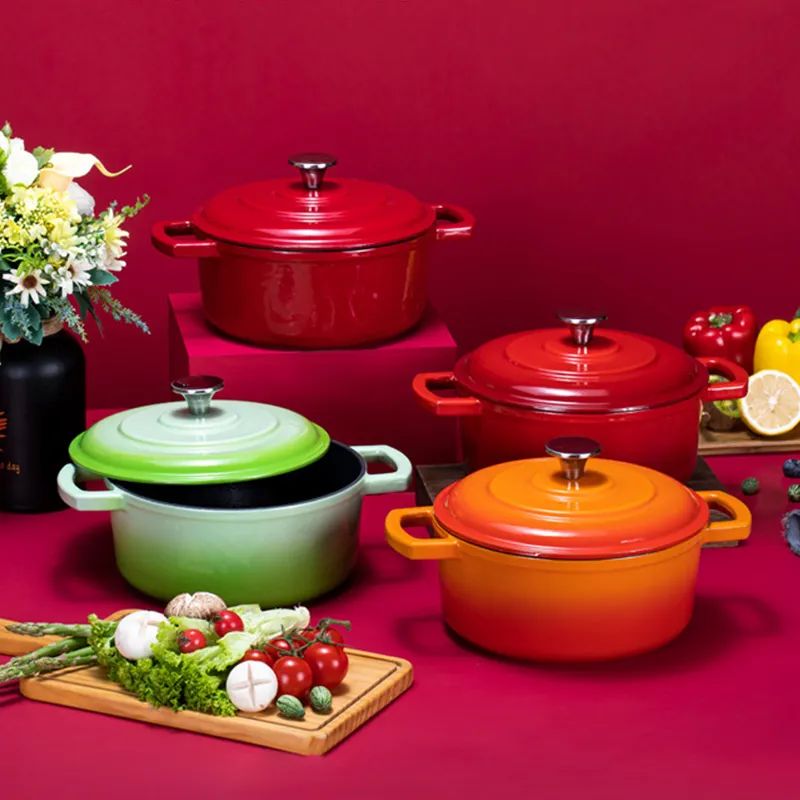- Moafrika
- Sealbania
- Seamharic
- Searabia
- Searmenia
- Se-Azerbaijani
- Sebasque
- Sebelarusia
- Benghali
- Sebosnia
- Se-Bulgaria
- Secatalan
- Sebuano
- Corsican
- Secroatia
- Czech
- Sedanishe
- Se-Dutch
- Senyesemane
- Esperanto
- Seestonia
- Sefinnishe
- Sefora
- Sefrisia
- Segalician
- Segeorgia
- Sejeremane
- Segerike
- Segujarati
- Secreole sa Haiti
- Hausa
- siwaiian
- Seheberu
- Che
- Miao
- Se-Hungary
- Seiceland
- igbo
- Seindonesia
- irish
- Setaliana
- Sejapane
- Se-Javanese
- Kannada
- kazakh
- Khmer
- Rwanda
- Sekorea
- Sekurdish
- Sekyrgyz
- Mosebetsi
- Selatine
- Selatvia
- Selithuania
- Se-Luxembourgish
- Semacedonia
- Semalagasy
- Semalay
- Semalayalam
- Semalta
- Semaori
- Marathi
- Mongolian
- Myanmar
- tsa Nepali
- Norwegian
- Norwegian
- Occitan
- Sepashto
- Sepersia
- Sepolishe
- Sepotoketsi
- Sepunjabi
- Seromania
- Serussia
- Sesamoa
- Segaeli sa Scotland
- Seserbia
- Senyesemane
- Seshona
- Sindhi
- Sesinhala
- Seslovak
- Seslovenia
- Somalia
- Sepanish
- Sesundanese
- Seswahili
- Seswedishe
- Setagalog
- Se-Tajik
- Setamil
- Setatare
- Setelugu
- Sethai
- Se-Turkey
- Turkmen
- Seukraine
- Seurdu
- Uighur
- Seuzbek
- Sevietnam
- Welsh
- Thusa
- Yiddish
- Yoruba
Top FAQs About 21cm Pre-Seasoned Cast Iron Frying Pan With Wooden Handle
What Is The Function Of The Ribs On This Frying Pan?


The ribs elevate the food from the bottom surface, allowing fats and oils to drain away. This results in healthier cooking and helps create perfect grill marks on meats and vegetables.
Is The Wooden Handle Heat-Resistant And Comfortable To Hold?


Yes, the wooden handle stays cooler than metal during stovetop use and provides a firm, ergonomic grip. However, it is not oven-safe, so avoid placing it in the oven.
Does The Pre-Seasoned Surface Require Additional Seasoning Before Use?


No, the pan comes pre-seasoned with natural vegetable oil, making it ready for immediate use. Regular light seasoning after cleaning helps maintain the non-stick surface and prevent rust.
What Heat Sources Are Compatible With This Cast Iron Frying Pan?


This frying pan can be used on gas, electric, ceramic, and induction cooktops. It’s also suitable for open flame or campfire cooking, making it ideal for both indoor and outdoor use.
How Should I Clean And Care For This Pre-Seasoned Cast Iron Pan?


Clean it with warm water and a soft brush—avoid soap and dishwashers. Dry immediately and apply a thin layer of oil to preserve the seasoning and prevent rusting.


Botsa Hona Joale Bakeng sa Lipehelo tsa Cast Iron Cookware
Ka kopo, Tlatsa Foromo e Ka Tlase 'me Sehlopha sa Rona se Tla Khutlela ho Uena ka Litheko, Lintlha tsa Sehlahisoa, Le Likhetho tsa Boiketlo.










